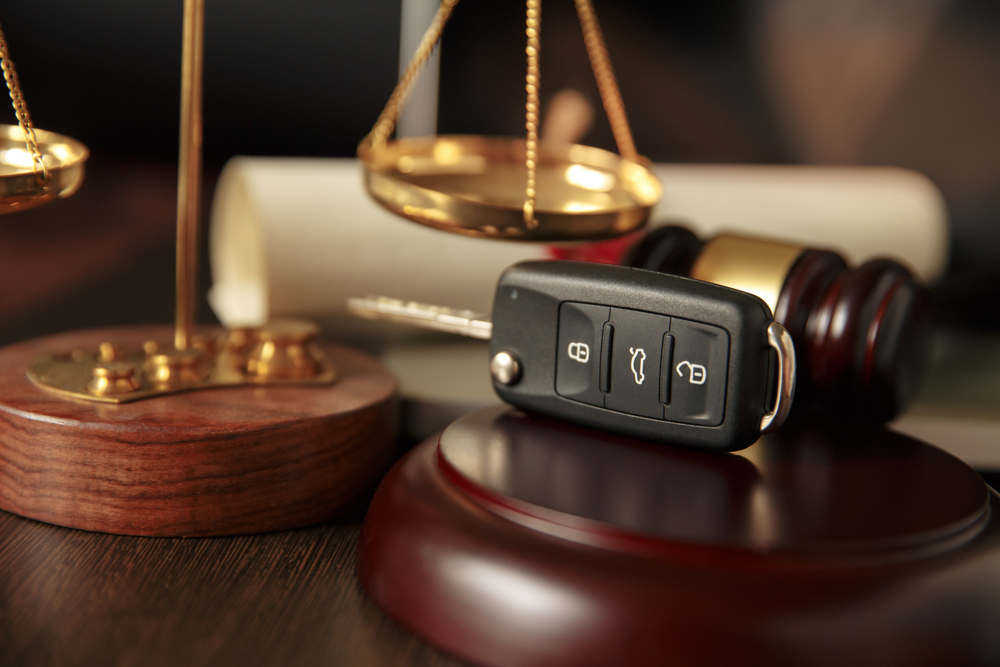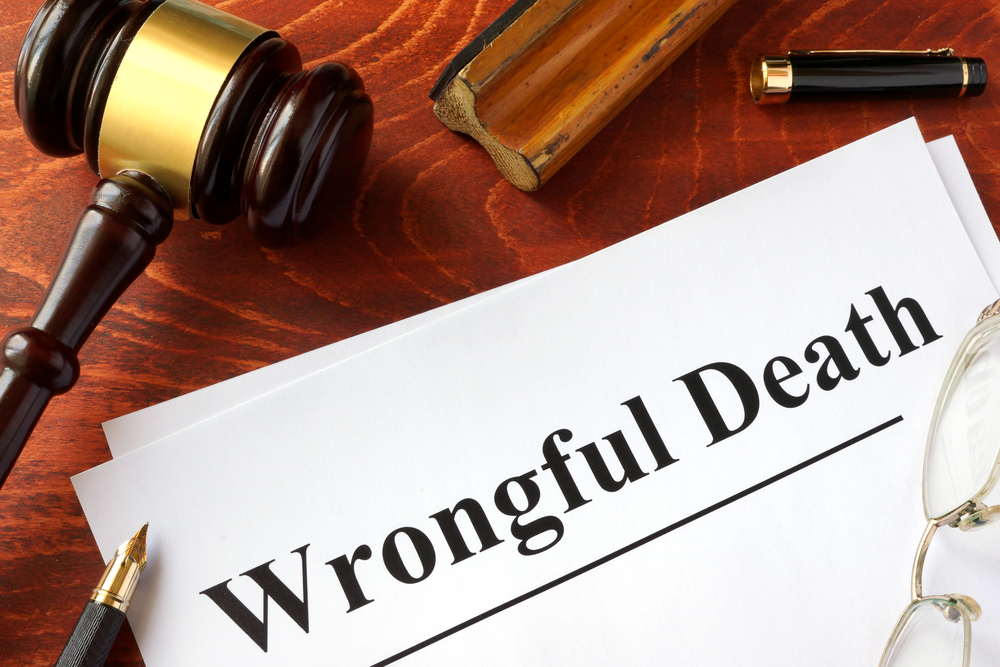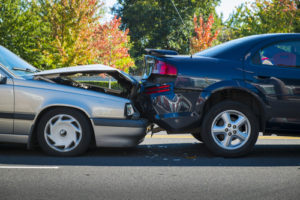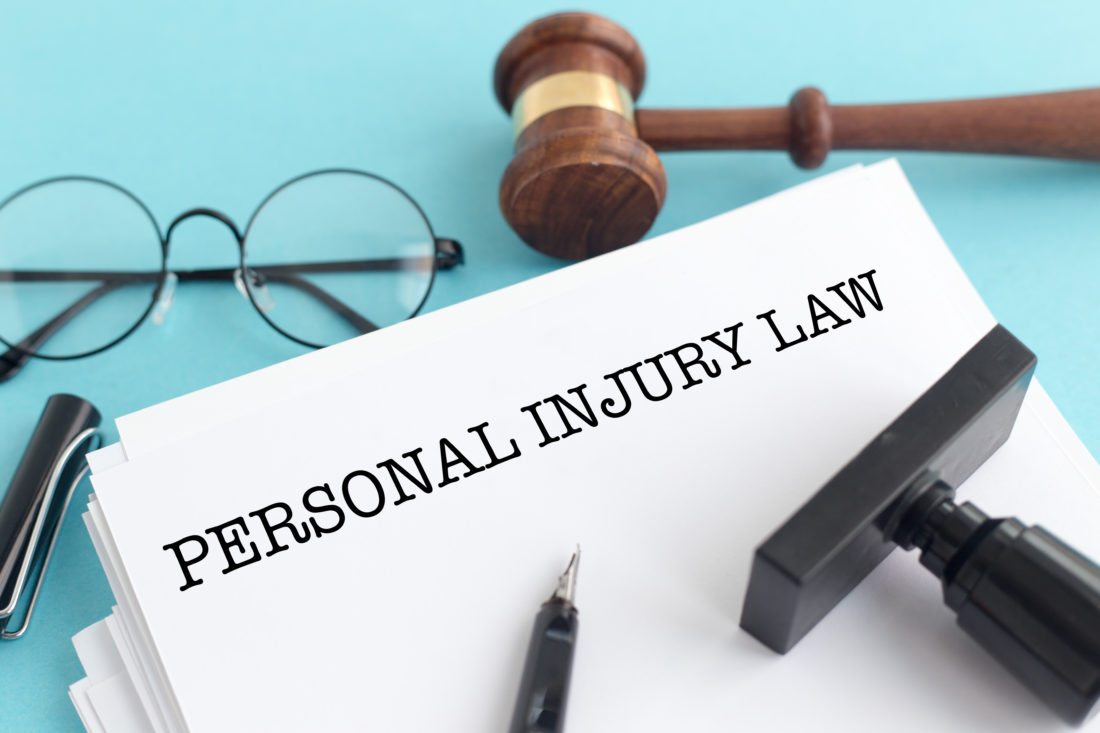What to Do Following a Car Accident
Car Accident Lawyer
Following a car accident of any magnitude, you’re sure to suffer from the initial shock and you may not know what to immediately do. While car accidents can be extremely stressful, there are some steps you should take following a car accident. Taking these steps will both help you deal with the immediate aftermath and help you file your claim/lawsuit.
Your and Others’ Safety is Always the First Concern
The first thing you should do following a car accident is to make sure that there are no major injuries sustained to yourself or other parties. While you might be tempted to survey the damages inflicted to your vehicle, first check to make sure that all parties are okay.
Even if you don’t have any immediate injuries or the injuries you have are minor (such as a small bruise or cut), some injuries are internal. That’s why you’ll want to call 911 and have them dispatch EMTs and a police officer. It’s recommended to wait until your condition is checked by a medical professional before undertaking further steps.
Start Gathering Evidence
You’ll want to gather evidence either after talking to a police officer or shortly before. While some evidence you may only be able to gather or finalize after leaving the scene, some evidence you can gather immediately. Evidence to gather both during and after may include:
- Photographs of physical injuries sustained to you or other parties
- The damage inflicted on both vehicles
- Testimonies from parties involved including your own
- The other party’s information such as name, phone number, address, make and model of their vehicle, etc.
- If the other party’s vehicle involved was part of a company or governmental entity, information such as the name of their supervisor, their job’s address, and phone number
- A copy of your police report and medical report
- If applicable, CCTV footage of the incident
Should You File a Claim or Lawsuit?
Chances are that following the accident that your next step will be to file a claim through the other party’s insurance company. Sometimes this can be fruitful and can result in a timely settlement that adequately covers both immediate and future expenses.
Other times, however, you may have trouble negotiating with the other party’s insurance company, they may deny your claim, or they may offer a settlement that doesn’t begin to cover what you need. That’s why having an attorney on your side can make a huge difference. They can fight on your behalf, negotiate with the insurance companies, and apply legal pressure when needed. Some ways an attorney can help include:
- Help gather crucial pieces of evidence including testimonies given by medical experts or accident reconstructionists
- Help ensure you receive compensation under categories like economic, non-economic, and punitive damages
- Ensure that you properly file your claim and/or lawsuit
- Apply legal pressure when needed
Dealing with a car accident can be a traumatic event. However, having a car accident lawyer on your side can make the process easier. Our friends at Therman Law Offices, LTD can help.






